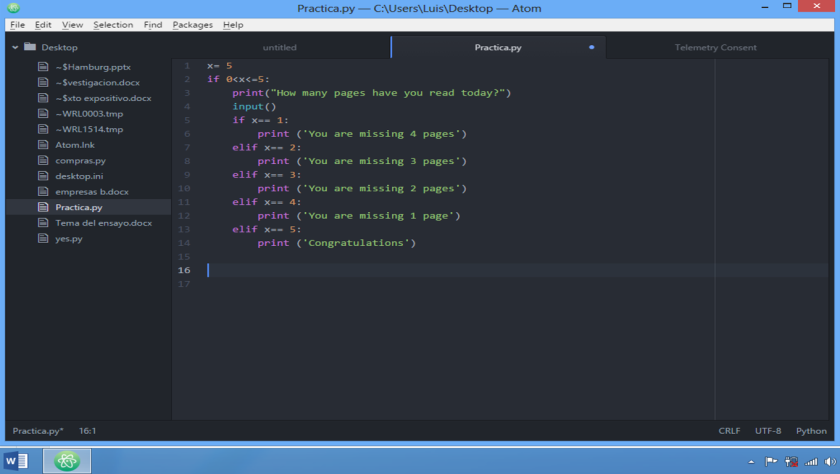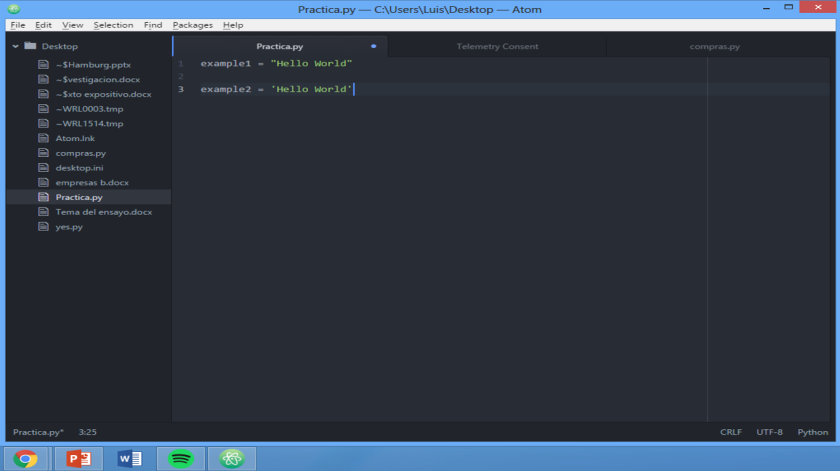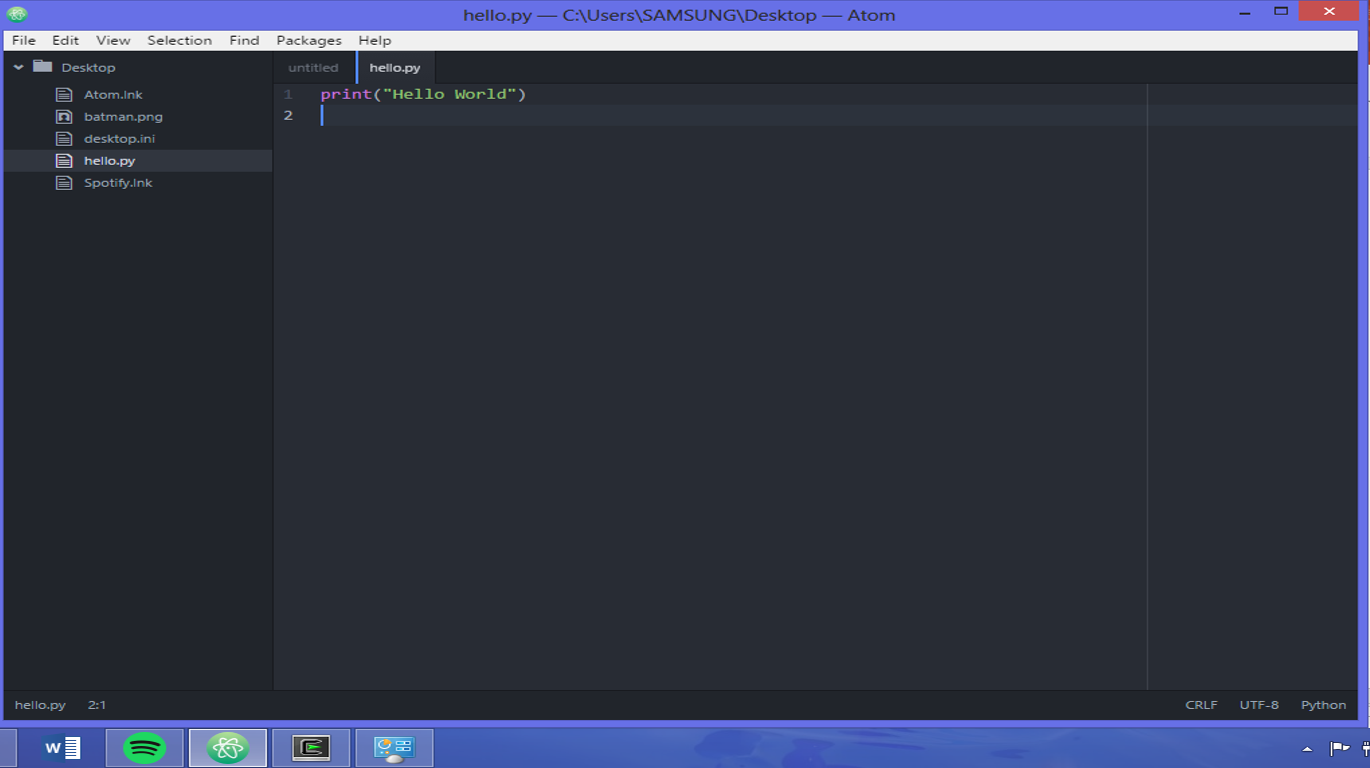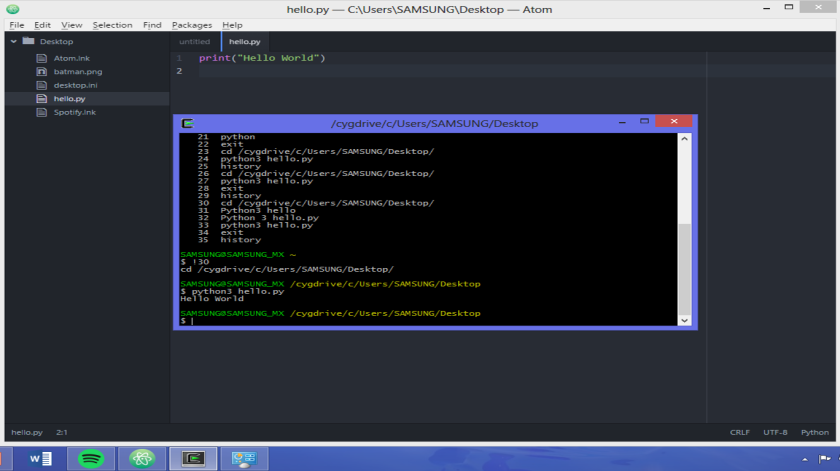--Originally published at Luis Santana's Blog
This is me right now hehe. 
Now, talking about Python and programming. There will be times where you may want to check a condition after another condition solves for true, this means that inside an “if” condition you can have another “if” condition and several “elif” conditions too. You can use this tool to make your code easier to understand and help you finish earlier.
Here you can see an example:

You can check this link I used to get my information:
https://www.tutorialspoint.com/python/nested_if_statements_in_python.htm




